The goal of this project is build a simple step sequencer with two rows of eight steps. Planned features: CV/Gate outputs, internal or external clock control; clock divider; start/stop; variable sequence length.
The ticking heart of this project is a 555 timer that clocks a 4017 decade counter thru a maximum of eight steps. A 4024 IC will be used to divide the clock frequency by factor 2, 4, 8, 16, 32 and 64. This can be used to clock row B (CD4017 number 2).
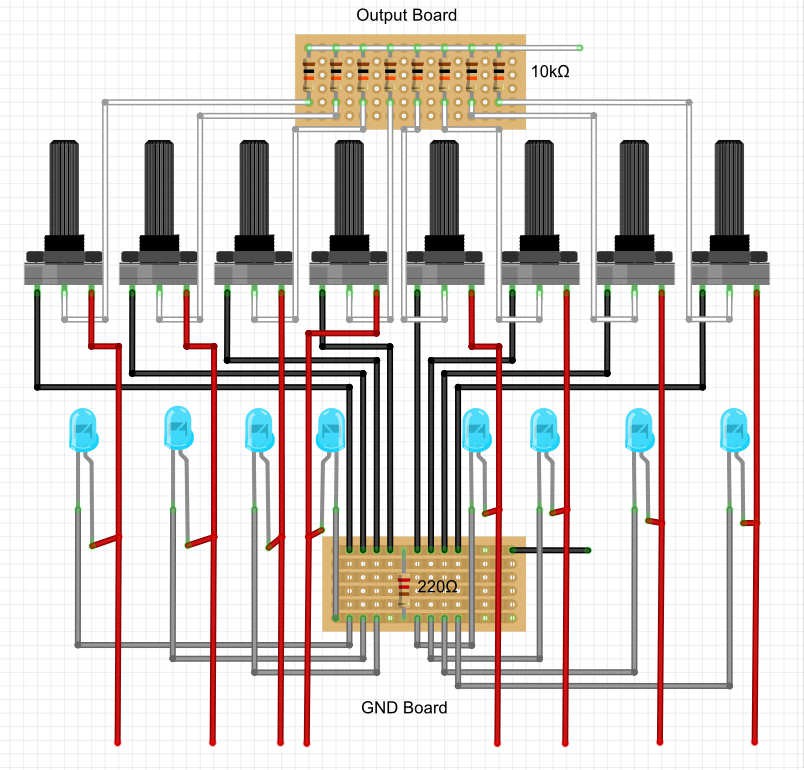
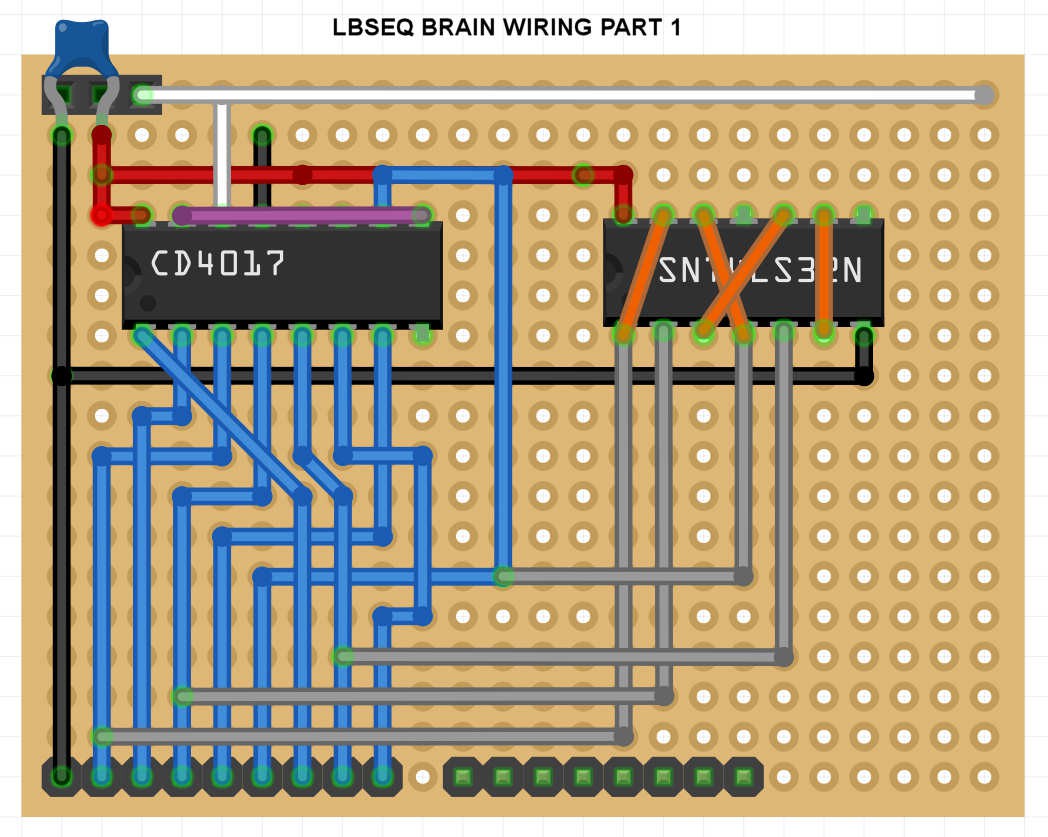
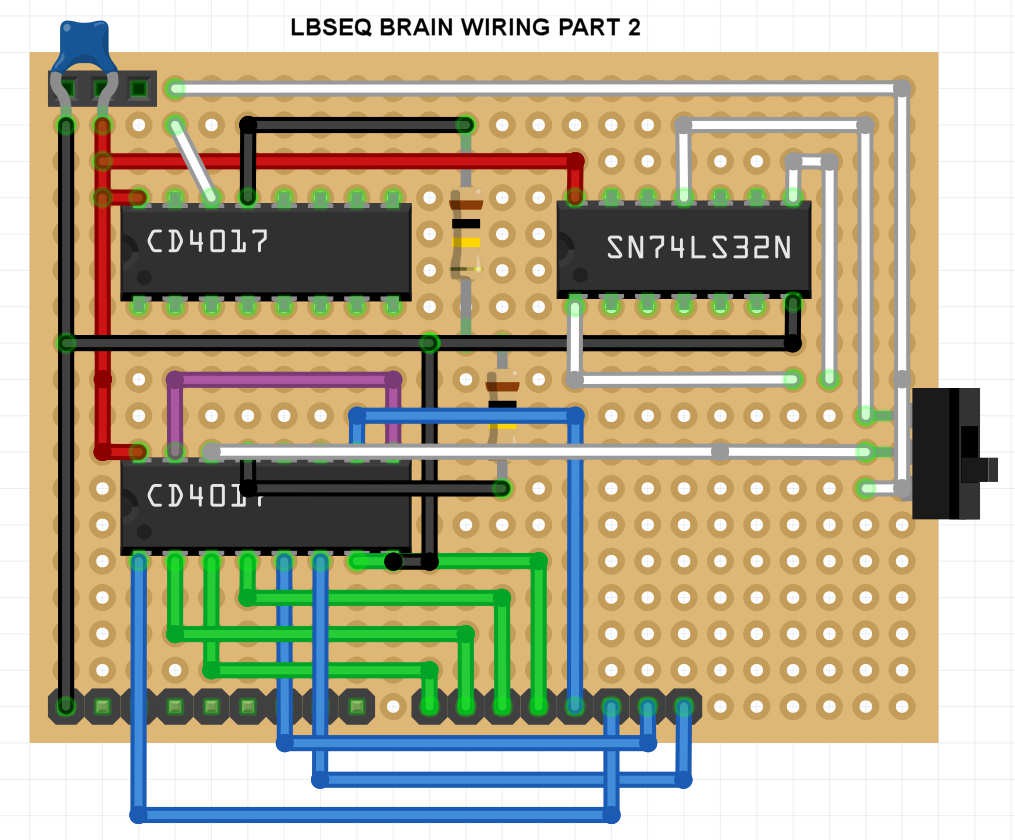
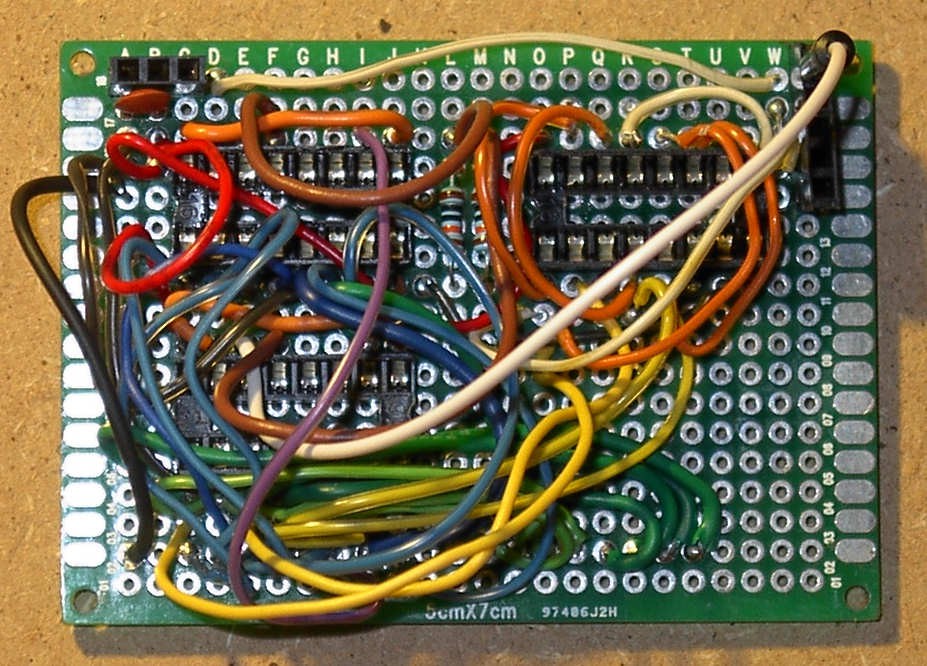
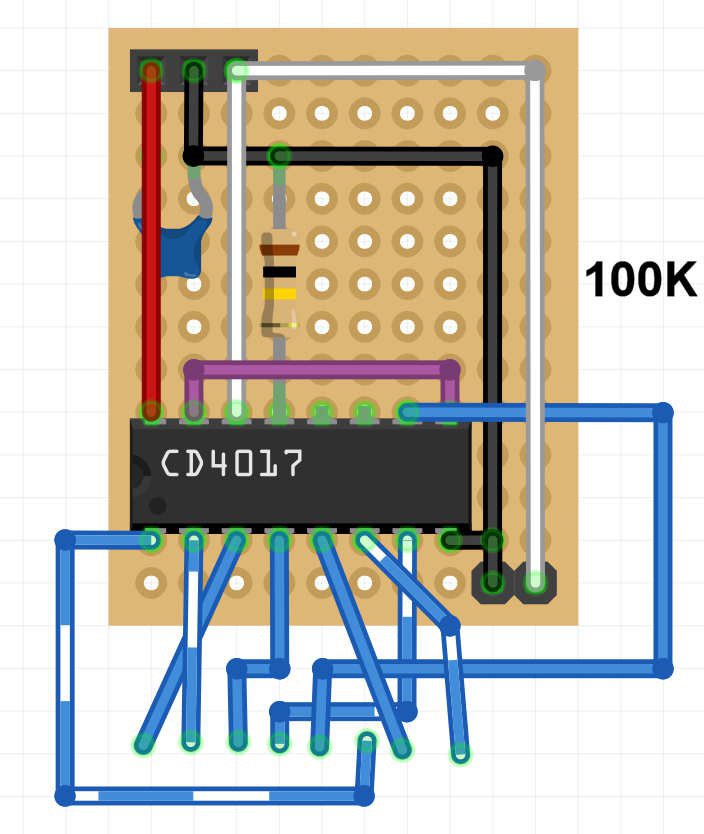
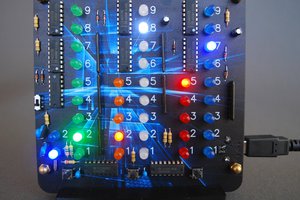
 Ian Dunn
Ian Dunn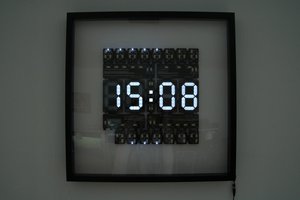
 SwiftyTheFox001
SwiftyTheFox001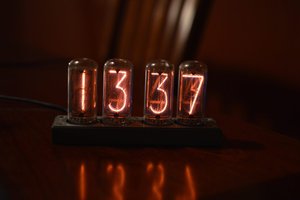
 Gary Marsh
Gary Marsh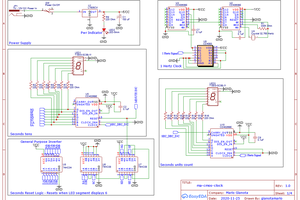
 Mario Gianota
Mario Gianota
Thank you for your kind comments! You're right; it's my intention to end up with a low budget modular synth.
To be honest, I'm a noob in electronics and in soldering and I'm very much "learning on the job". So I'm still figuring out the proper or smart way to do things. I have used solder bridges in places, usually when there's only a short distance to ehh... bridge.
The original brain design was just wrong - too much stuff, not enough space, awkward layout. But balancing my ambitions with my actual skills is part of the learning process :)